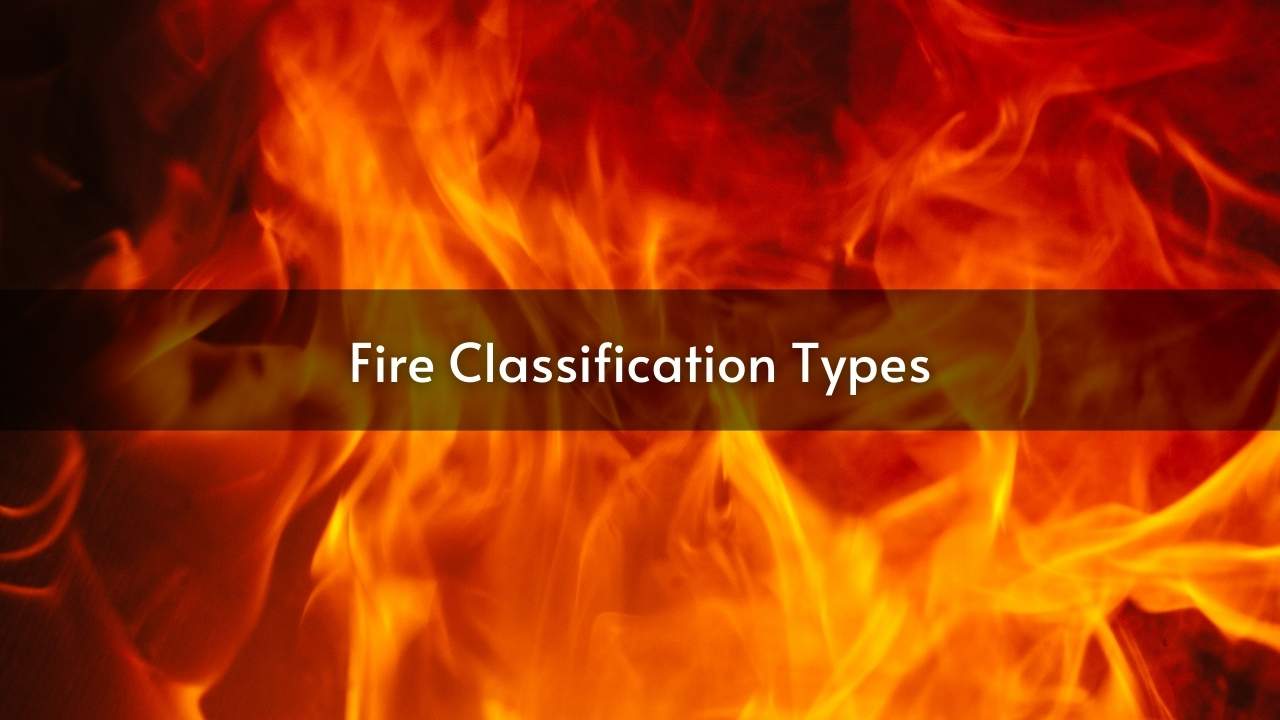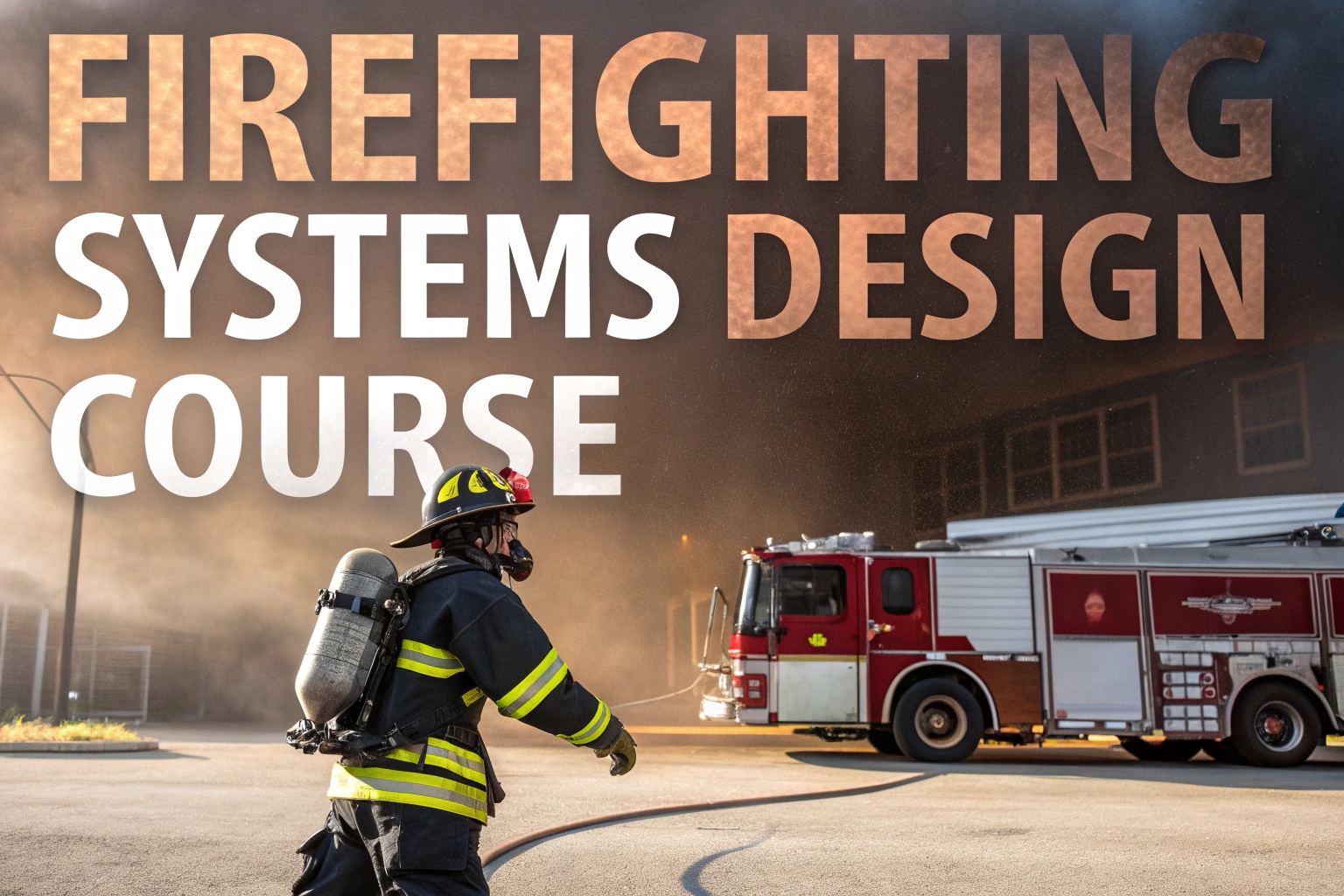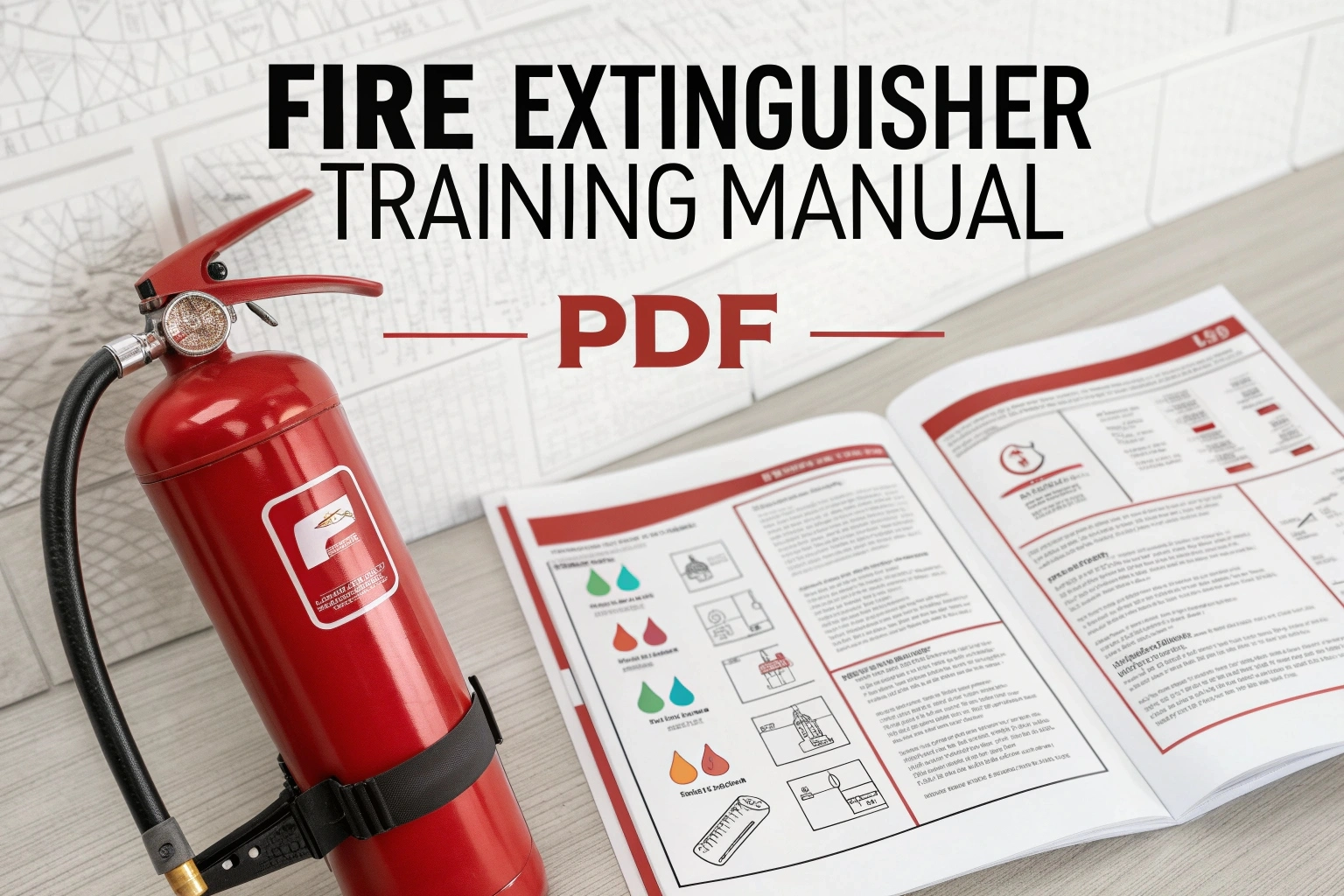Fire is a complex event that can cause a lot of damage if not controlled well. Understanding Fire Classification Types is essential for effective fire prevention and safety measures in any environment. In this article, we will explain what fire is, its types, and the best ways to control it.
What is Fire?
Fire happens when a chemical reaction called combustion takes place. This reaction happens between oxygen in the air and a fuel source. The end products of the reaction are very different from the starting materials.
For combustion to start, the fuel must be heated to its ignition temperature. The reaction will continue as long as there is enough heat, fuel, and oxygen. This combination is called the fire triangle.
Combustion happens when fuel reacts with oxygen to release heat energy. It can be slow or fast, depending on how much oxygen is present. When combustion is fast and produces a flame, it’s called burning. Combustion can only happen between gases.
How are Fires Grouped into Classes?
We group fires into classes based on the materials or substances burning. But how many classes of fires exist? In the United States, there are five main fire classes, explained below. These classifications fall under what are known as Fire Classification Types.
However, in other countries, like those in Europe and Australia, the names and details of these classes can vary. For example, in the U.S., the National Fire Protection Association (NFPA) names the fire classes, while in Europe, they follow the European Standard Classification of Fires. Knowing the type of fire helps everyone understand how dangerous it is and how to put it out.
Classification of Fire
Even though fire may seem like one big threat, it’s important to know there are different types. Each type of fire behaves differently and needs a specific method to be put out. There are five main types of fires, and each has its own way to handle them safely and effectively.
Fire classification types help determine the appropriate extinguishing methods for various fire scenarios. The five main fire types are based on what caused the fire or what is burning:
- Class A: Fires that start from solid materials like wood, paper, fabric, and some plastics.
- Class B: Fires caused by liquids or gases such as alcohol, gasoline, or grease.
- Class C: Fires caused by electrical problems like faulty appliances, equipment, or wiring.Class D: Fires that involve metals like sodium, titanium, or magnesium.
- Class K: Fires started by grease or oil used in cooking.
Knowing these five types can help you understand the risks in your building and prepare for fire emergencies.
Let’s look at each fire type in more detail.
Class A Fires: “Ordinary” Fires
Class A fires are the most common. They happen when things like wood, paper, fabric, trash, or plastics catch fire. These fires can occur in many places, so it’s important to have protection against them. Although they are called “ordinary,” they can still be dangerous if there is a lot of material to burn. It’s best to put these fires out quickly with water or monoammonium phosphate.
Class B Fires: Liquids & Gases
Class B fires involve flammable liquids and gases like gasoline, paint, kerosene, propane, and butane. To put them out, you should smother the fire or remove oxygen using foam or CO2 fire extinguishers. Class B does not include grease fires from cooking, which are part of Class K.
Class C Fires: Electrical Fires
Electrical fires fall under Class C. These fires are common in places that use a lot of electrical equipment, like data centers or construction sites. Old wiring and space heaters can also be a risk. You should not use water on electrical fires because it conducts electricity. A clean agent that won’t damage equipment is a better option.
Class D Fires: Metal Fires
Class D fires are less common but are difficult to put out. They involve metals like titanium, aluminum, or magnesium. You should not use water on these fires as it can make things worse. Dry powder is the best way to smother the flames.
Class K Fires: Grease or Cooking Fires
Class K fires are common in kitchens and happen when cooking oils or fats catch fire. They can spread quickly and are very dangerous. Water will not help; in fact, it can make the fire worse. Instead, smother the fire or use a wet agent fire extinguisher.
Now that we know how each fire starts, we can be better prepared to stop them or even prevent them from starting.
Types of Fire Extinguishers
Picking the right fire extinguisher is important for stopping a fire quickly. Here’s a simple guide to the different types and where to use them:
- Water Extinguishers: Best for Class A fires (like wood, paper, or cloth). They cool down the burning material.
- Foam Extinguishers: Good for Class B fires (flammable liquids). They create a layer over the liquid, blocking oxygen from the fire.
- CO2 Extinguishers: Perfect for Class B and C fires (liquids and electrical fires). They push away oxygen and don’t harm electrical equipment.
- Dry Chemical Powder (DCP) Extinguishers: Useful for Classes A, B, and C fires. They stop the fire’s chemical reaction.
- Wet Chemical Extinguishers: Made for Class F fires (cooking oils and fats). They cool and create a barrier to keep oxygen away from the fire.
Methods of Controlling Fire
There are three main ways to control fire based on the fire triangle: fuel, oxygen, and heat:
Cooling
This method removes heat from the fire. Spraying water cools the fire and stops it from burning. It works best on Class A fires, which involve solid materials like wood or paper.
Smothering
This method cuts off the fire’s oxygen. Foam extinguishers cover the fire and block oxygen from reaching it. This method is good for Class B fires, which involve flammable liquids.
Starvation
This method takes away the fire’s fuel. If you remove or separate the things that can burn, the fire will die out. This is important for stopping fires in places with many burnable materials.
Conclusion
In conclusion, understanding the various fire classification types is crucial for effective fire prevention and safety strategies. By knowing the type of fire, we can choose the correct extinguisher and method to stop it. From cooling Class A fires with water to smothering Class K grease fires, using the right approach can save lives and property. It’s also crucial to follow fire safety practices to prevent fires from starting. Being well-informed about fire types, extinguishers, and control methods allows us to act quickly and effectively in any fire emergency.
FAQs
What are the 4 classes of fire?
The four classes of fire are A, B, C, and D.
What is a Class A fire?
Class A fires involve ordinary solid materials like wood, paper, cloth, and some plastics. These are one of the four fire classes, with Class B for flammable liquids, Class C for electrical equipment, and Class D for metals.
What is an ABC type fire?
ABC-type fires include Class A fires with materials like wood and paper, Class B fires involving flammable liquids and gases, and Class C fires related to energized electrical equipment.
Read More – Fire Alarm System: Components, Installation, and Operation















